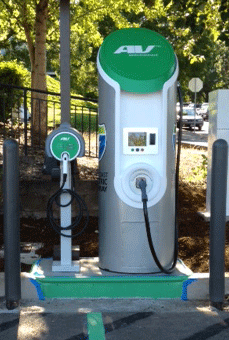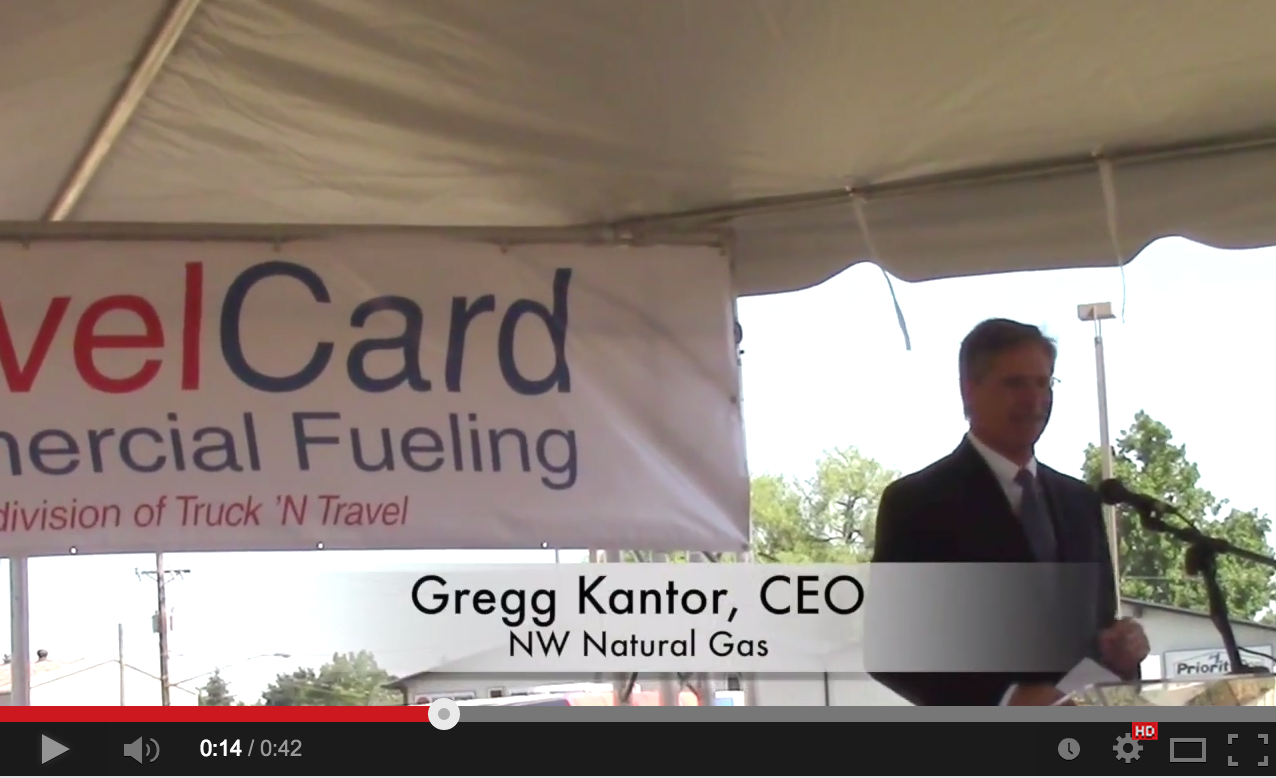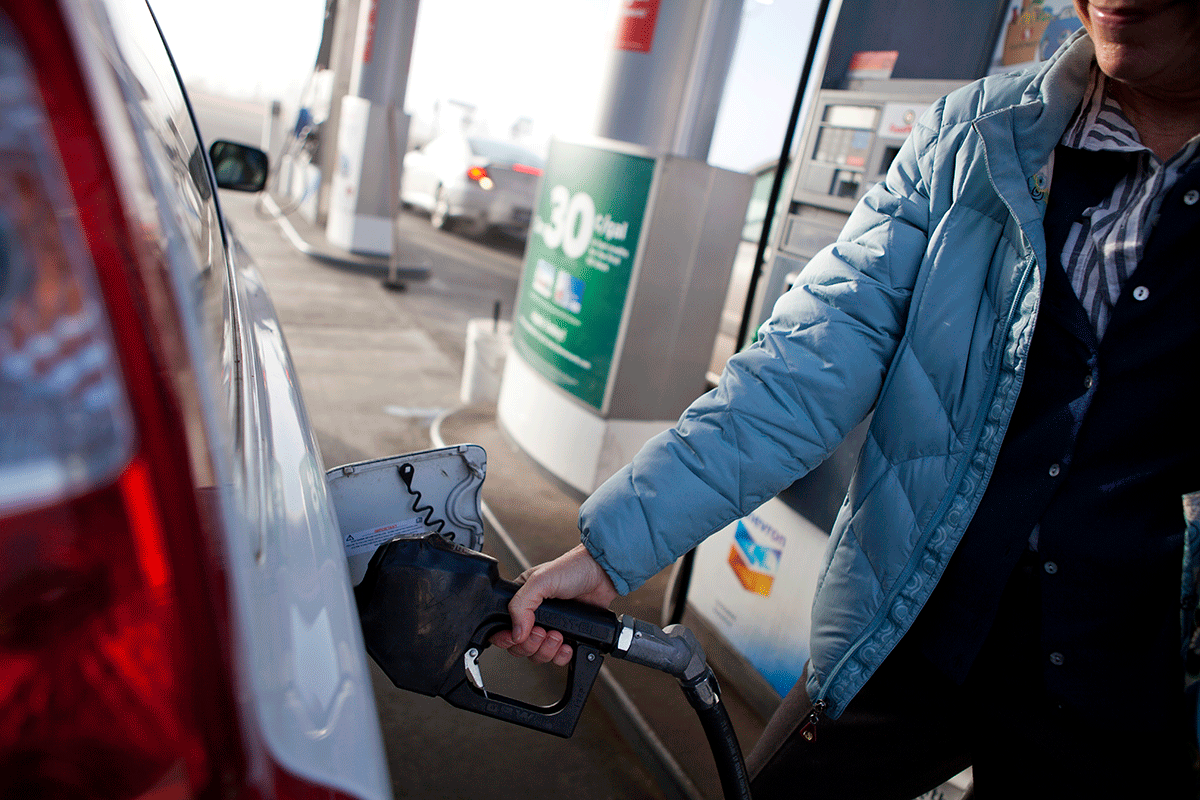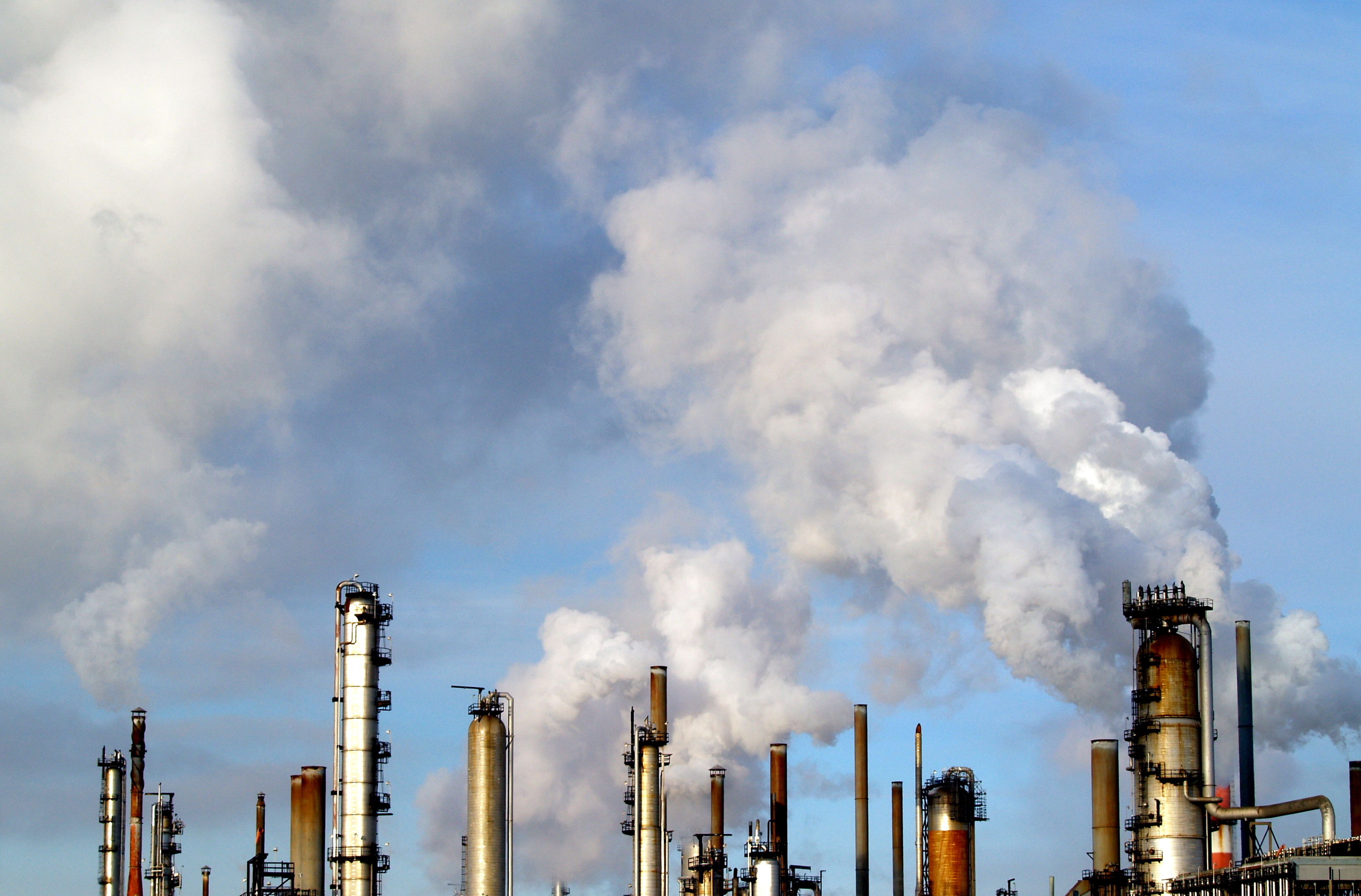
Like electric vehicles? You’re in good company. There are now more than 200,000 electric vehicles on the road in this country, with many more projected to follow suit. Via the Portland Tribune: [A new report from the Environment Oregon Research and Policy Center] titled “Driving Cleaner: More Electric Vehicles Mean Less Pollution,” found there are already more […]



